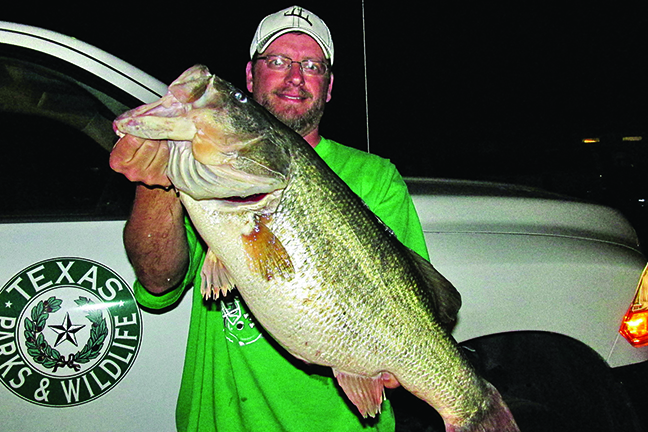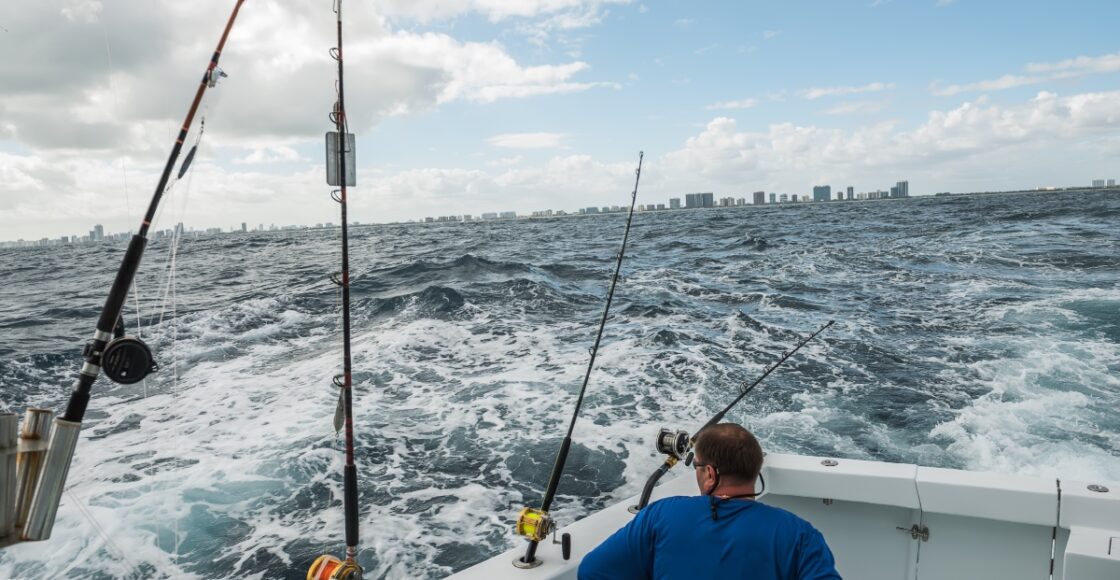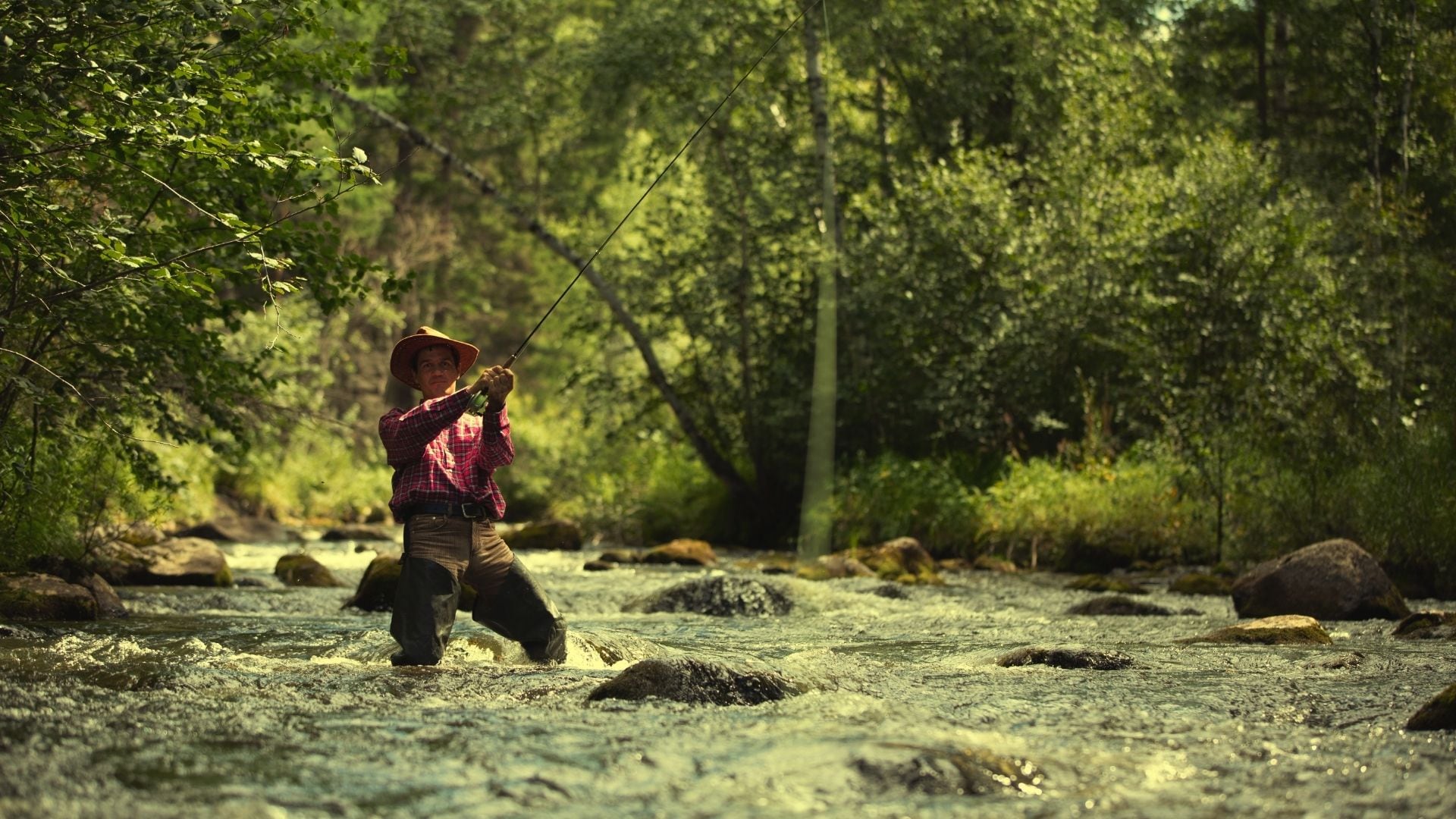Best Fishing Spots in Texas: Top Lakes, Rivers, and Coastal Destinations for Every Angler
Texas has always called to me with its endless skies and legendary waters. Whether I’m chasing bass at sunrise or casting for catfish as the sun sets, there’s something special about fishing in the Lone Star State. With its vast lakes, winding rivers, and hidden coastal gems, Texas offers some of the best angling adventures you’ll find anywhere.
I’ve explored countless fishing spots across the state and each one has its own charm. From peaceful hill country streams to bustling Gulf Coast piers, there’s a perfect spot for every kind of angler. If you’re ready to reel in a big one or just want a relaxing day by the water, you’ll find plenty of options right here in Texas.
What Makes Texas a Premier Fishing Destination
Texas fishing destinations offer remarkable variety because the state covers over 367 miles of Gulf Coast shoreline and includes thousands of inland lakes and rivers. I find freshwater and saltwater anglers both get top-tier experiences here, with abundant largemouth bass in places like Lake Fork, trophy catfish lurking in the Trinity River, and productive redfish and speckled trout fisheries along the Gulf Coast. My trips often include visits to well-managed public access points and extensive state parks, boosting convenience and ensuring quality resources.
Year-round fishing stands out because Texas has a mild climate. I can fish for striped bass in winter or catch bluegill in spring without seasonal interruptions. Stocking programs, including those managed by Texas Parks and Wildlife Department, maintain healthy fish populations by replenishing popular lakes and supporting conservation. I notice diverse aquatic habitats, including marshes near Houston, deep reservoirs around Dallas–Fort Worth, and pristine hill country streams near Austin, multiplying my fishing options.
Access to major metropolitan areas supports weekend trips or multi-day adventures. I find world-class guides, boat rentals, and fishing tackle shops in most regions. My experience shows that the vibrant Texas fishing community and annual events, like the Toyota Bassmaster Texas Fest and coastal tournaments, elevate the state’s reputation as a premier fishing destination.
Top Freshwater Fishing Spots in Texas

Top-Freshwater-Fishing-Spots-in-Texas
Texas freshwater fishing attracts anglers with public access, diverse habitats, and productive lakes. I find that lake size, species variety, and shoreline features enhance every fishing trip.
Lake Fork
Lake Fork offers record-class largemouth bass fishing and ranks among the nation’s top bass lakes. I see anglers target trophy bass using spinnerbaits, crankbaits, and topwater lures from spring into summer. Submerged timber, creek channels, and managed fish populations contribute to excellent catches. This lake provides consistent action for both experienced and casual anglers.
Toledo Bend Reservoir
Toledo Bend Reservoir delivers expansive fishing possibilities with 181,600 acres and 1,200 miles of shoreline. I regularly encounter largemouth bass, crappie, and catfish in its deep coves and brushy flats. This spot borders Texas and Louisiana, making it accessible for anglers from both states. Bank fishing, boat fishing, trotlines, and even noodling are all popular here. Abundant striped bass stocking supports continual angling success.
Sam Rayburn Reservoir
Sam Rayburn Reservoir supports thriving largemouth bass, catfish, and crappie populations across its vast area. I discover active fish around submerged timber, rocky banks, and open water points. High water clarity and healthy aquatic vegetation provide ideal habitats for sportfish. Consistently, this reservoir hosts major tournaments and delivers reliable catches throughout the year.
Best Saltwater Fishing Locations in Texas

Best-Saltwater-Fishing-Locations-in-Texas
Texas offers exceptional saltwater fishing along its Gulf Coast, drawing both local and traveling anglers to diverse and productive spots. I find the variety of habitats, from marshes and bays to jetties and offshore reefs, creates unique experiences at each location.
Galveston Bay
Galveston Bay stands out for its accessible and abundant fisheries. Here, I can target redfish, speckled trout, and black drum across marshes, grass beds, and shallow flats. Tidal movements and water clarity shape the day’s catch, with early mornings and late evenings producing aggressive bites. The network of bayous and oyster reefs further supports consistent action, making Galveston Bay one of the most dependable saltwater destinations on the coast.
Port Aransas
Port Aransas, based on Mustang Island, features compelling inshore and offshore fishing options. I regularly visit spots like Horace Caldwell Pier, Fish Pass Jetty, Aransas Causeway, and the South Jetty. These locations produce red snapper, king mackerel, and speckled trout, while the nearby offshore platforms attract bigger species such as amberjack and grouper. Port Aransas remains a hotspot because its mix of habitats and strong currents sustain game fish populations throughout the year.
South Padre Island
South Padre Island delivers some of the best deep-sea and flats fishing in Texas. I often encounter red snapper, marlin, tuna, and tarpon thanks to the warm Gulf waters and proximity to deep channels. Shallow flats near the Laguna Madre provide reliable sight-casting opportunities for redfish and speckled trout. The consistent water temperatures let me fish productive runs season after season, making South Padre Island a year-round favorite.
Hidden Gems: Lesser-Known Fishing Spots

Hidden-Gems-Lesser-Known-Fishing-Spots
Some Texas fishing spots offer rare solitude and undisturbed natural beauty. These hidden gems can deliver unique angling experiences distinct from the state’s famed locations.
Devils River
Devils River consistently impresses me with its crystal-clear, spring-fed waters and rugged, rocky surroundings. Few rivers in Texas match its pristine condition, offering unparalleled visibility and peace. Smallmouth and largemouth bass dominate, providing challenging action in an isolated stretch often requiring kayak or canoe access. The need to portage around shallow rapids turns every trip into an adventure, making encounters with other anglers rare. Devils River remains ideal for those seeking both excellent fishing and immersion in untouched Texas wilderness.
Caddo Lake
Caddo Lake sits quietly on the Texas-Louisiana border, famous for its cypress trees draped in Spanish moss and complex bayou network. I find its natural ecosystem supports largemouth bass, crappie, and catfish, giving freshwater anglers plenty of options from both the bank and boat. Fishing pressure stays low, so Caddo Lake offers tranquility and a high chance of engaging with fish. Its scenic beauty and diverse habitats create opportunities for unforgettable catches, far removed from busier lakes and rivers.
Tips for Planning Your Fishing Trip in Texas
Targeting the right time increases fishing success, since fish in Texas stay most active during early morning and late evening when cooler water temperatures prevail. Focusing on these periods helps me land more catches, especially in the peak warmth of summer or early in the day during cooler months.
Considering seasonality optimizes each trip, because many Texas species follow predictable active periods. For example, bass strike more often in spring and fall across lakes like Lake Fork and Lake O’ the Pines, while striped bass tend to peak in May-June and October-December in Lake Texoma. Tracking these trends lets me plan trips around high-yield periods.
Checking specific fish species and regulations for each destination ensures my trip stays productive and legal. Texas fishing rules and license requirements can differ between state waters, saltwater bays, or local parks. Reviewing information from Texas Parks & Wildlife guarantees I’m prepared to comply with size and bag limits.
Packing for location type simplifies each outing. I bring saltwater gear for places like Matagorda Bay or Freeport, and lighter freshwater tackle for lakes such as Caddo or Lake Amistad. Carrying appropriate bait, tackle, and sun protection keeps me comfortable and ready for changing weather or conditions year-round.
Approaching every outing with patience helps me enjoy the experience as much as the results, especially on slower fishing days. Some of my top memories come from relaxing at sunrise or learning local fishing techniques from fellow anglers rather than focusing only on the size of my catch.
Conclusion
Texas continues to inspire my passion for fishing with its endless variety and natural beauty. Every trip brings a new adventure and a deeper appreciation for the state’s rich angling heritage. Whether I’m casting a line for the thrill of the catch or simply soaking in the peaceful surroundings I always find something special here.
If you’re ready to explore new waters or revisit old favorites Texas’s fishing spots are waiting. Grab your gear and experience firsthand why so many anglers call this state a true fishing paradise.
Frequently Asked Questions
What makes Texas a great fishing destination?
Texas offers diverse fishing opportunities in both freshwater and saltwater, with scenic locations like lakes, rivers, and the Gulf Coast. The state’s mild climate, well-managed access points, and abundant fish species attract anglers year-round.
What are the top freshwater fishing spots in Texas?
Lake Fork, Toledo Bend Reservoir, and Sam Rayburn Reservoir are among the top freshwater fishing spots in Texas. These locations are known for excellent largemouth bass fishing, thriving fish populations, and opportunities for both beginners and tournament anglers.
Where can I find the best saltwater fishing in Texas?
Galveston Bay, Port Aransas, and South Padre Island are popular Texas Gulf Coast destinations for saltwater fishing. These areas offer opportunities to catch redfish, speckled trout, black drum, red snapper, king mackerel, and tarpon.
Are there any hidden or lesser-known fishing spots in Texas?
Yes, Devils River and Caddo Lake provide unique, less crowded fishing experiences. Devils River is known for its clear water and rugged beauty, while Caddo Lake offers scenic landscapes and a diverse ecosystem.
When is the best time to fish in Texas?
Early mornings and late evenings are generally best for fishing in Texas. Seasonal patterns also matter—spring and fall are typically peak times for many popular species, but the climate allows for good fishing year-round.
Do I need a fishing license to fish in Texas?
Yes, most anglers aged 17 and older need a valid Texas fishing license to fish in public waters. There are specific licenses for freshwater, saltwater, or combination fishing, and Texas state parks may offer some license exemptions.
What gear should I bring for a Texas fishing trip?
Pack gear suitable for your target species and fishing environment. Essentials include rods, reels, bait or lures, appropriate clothing, sun protection, and safety equipment. Check local regulations for specific tackle or gear requirements.
How can I find fishing regulations for a specific Texas location?
Visit the Texas Parks and Wildlife Department website or contact local park offices for up-to-date regulations, fishing seasons, limits, and special rules for your chosen fishing spot.
Are there fishing events or tournaments in Texas?
Yes, Texas hosts various fishing tournaments and events, such as the Toyota Bassmaster Texas Fest and local competitions. These events enhance the fishing community and provide great opportunities for anglers to compete and connect.
